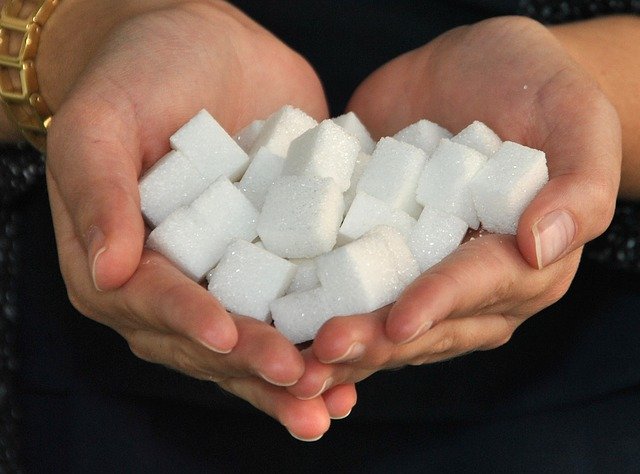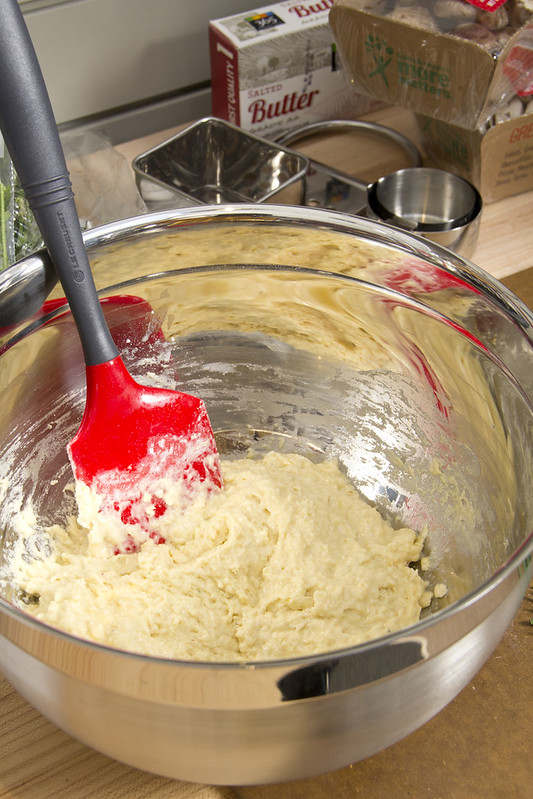There’s nothing quite like a warm loaf of bread right out of the oven. Spread on some butter and jam, and you’ve got yourself a delicious snack! Or maybe you’ll dip it into soup or slice it up to make artisanal sandwiches. Bread, although simple in nature and often used as a side or a part of a bigger meal, can be quite difficult to perfect. Let’s look at some of the biggest mistakes people make when baking bread!
Treating All Flour The Same

If you’ve been down the baking aisle recently, you’ll know that there are far more options for flour than there used to be. There’s all-purpose flour, of course, but also whole wheat flour, white whole wheat flour, almond flour, bread flour, and on, and on. You may be tempted to use these flours interchangeably, but that would be a mistake! While we might not think of it this way, baking is most certainly a science. It depends on chemical reactions, which means what you put in a recipe and how much of it you put in matters! Make sure you are using the kind of flour the recipe calls for. If you have to swap it out for another kind of flour, do some research to see how to adjust the recipe accordingly.
Reducing Fat

These days, everyone wants to know how to cut back on fat and sugars, and a lot of people believe swapping out butter or oil for a healthier alternative is an easy way to trim the fat, so to speak. In fact, my best friend tried this very thing on a loaf of banana bread she made when we were in college. She was on a health kick but still wanted her banana bread. I think we can all relate to that. Anyway, she replaced butter with applesauce or something similar and swapped out granulated sugar for molasses. As you might imagine, the end result was a goopy mess. Learn a lesson from my bestie and do some research before ruining a perfectly good loaf of bread!
Just like with the flour playing a part in the chemistry of the bread, fats also have an important role. They help lubricate the dough and seal in gases. This is key to helping the dough rise, as well as keeping the baked loaf fresh.
Replacing Sugar

Speaking of sugar and fats, let’s focus on sugar replacements. Before you go replacing granulated sugar with agave nectar, consider the vital role that sugar plays. Sugar is essentially the fuel for the yeast. The chemical reaction is what makes the dough rise. Too little, and your bread will fall flat – literally. But too much will also give the same effect, though it’s because the sugar is stealing water from the yeast.
The most important thing to remember about sugar and baking bread is that yeast won’t feed on sugar alternatives – at least not at the same rate as regular sugar. Doing a one-to-one swap would be detrimental to your loaf of bread! Then again, adjusting the amount will throw off your dry ingredient to wet ingredient ratio. That’s not to say it can’t be done, but you should research the best way to accommodate the new sugar.
Proper Hydration

Now that we’ve covered some of the pitfalls with dry ingredients, let’s take a look at our wet ingredients. More often than not, if you are having trouble getting your dough to do what you want, it’s due to an imbalance of dry to wet ingredients.
Well-balanced dough won’t stick to your hands or to the side of the mixing bowl. Aside from the texture, water and other liquid ingredients react with the gluten of the flour, helping it to stretch and release carbon dioxide.
Kneading Too Much Or Too Little

Whether kneading by hand or by stand mixer, this part of the process is more important than you might think. Not only does it help stretch the gluten (which as you can tell is a key to making great bread), it also helps to align proteins that will help the bread to rise without falling apart.
If you knead the bread to little, you won’t get enough air circulated throughout the dough. Conversely, kneading the bread too much causes heat and excess air to form, which actually causes the final loaf of bread to lose a lot of its flavor. So, how do you know when to stop? The dough shouldn’t stick to your hands or to the surface you’re kneading it on. The texture should remind you of stretching a rubber band. If that’s your dough, stop kneading and start baking!
Find out more in the video below!













